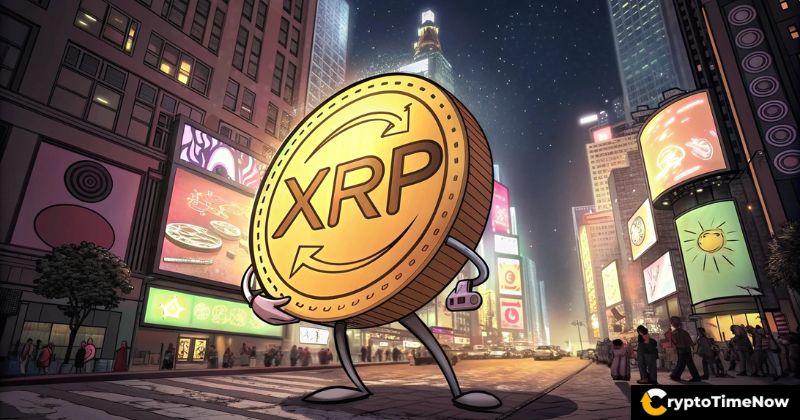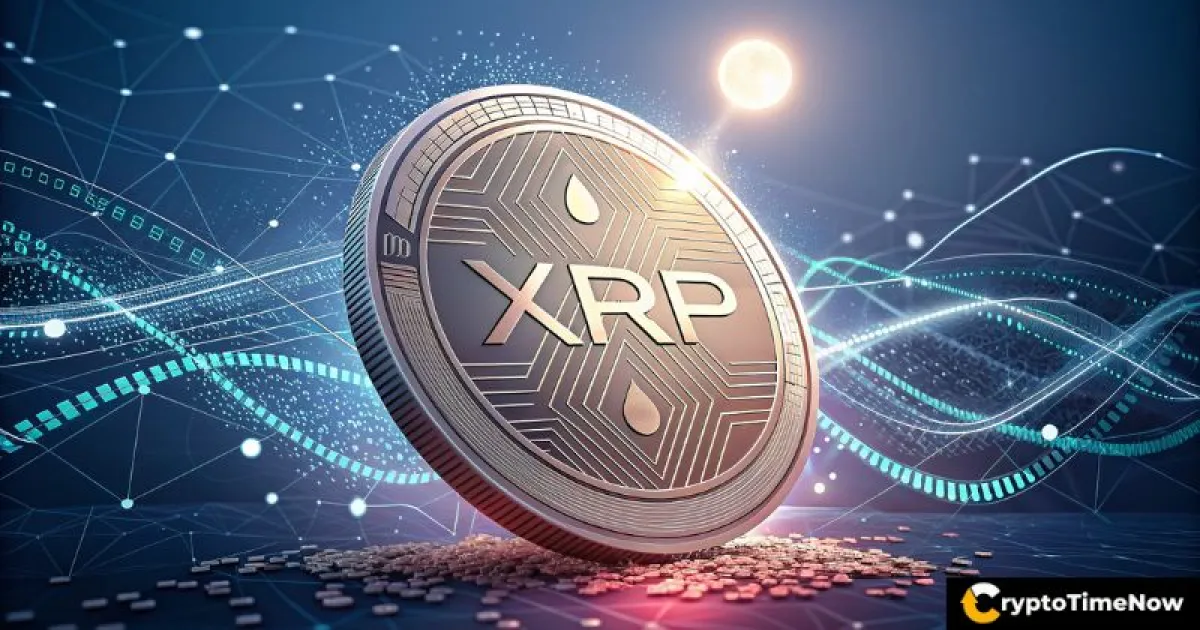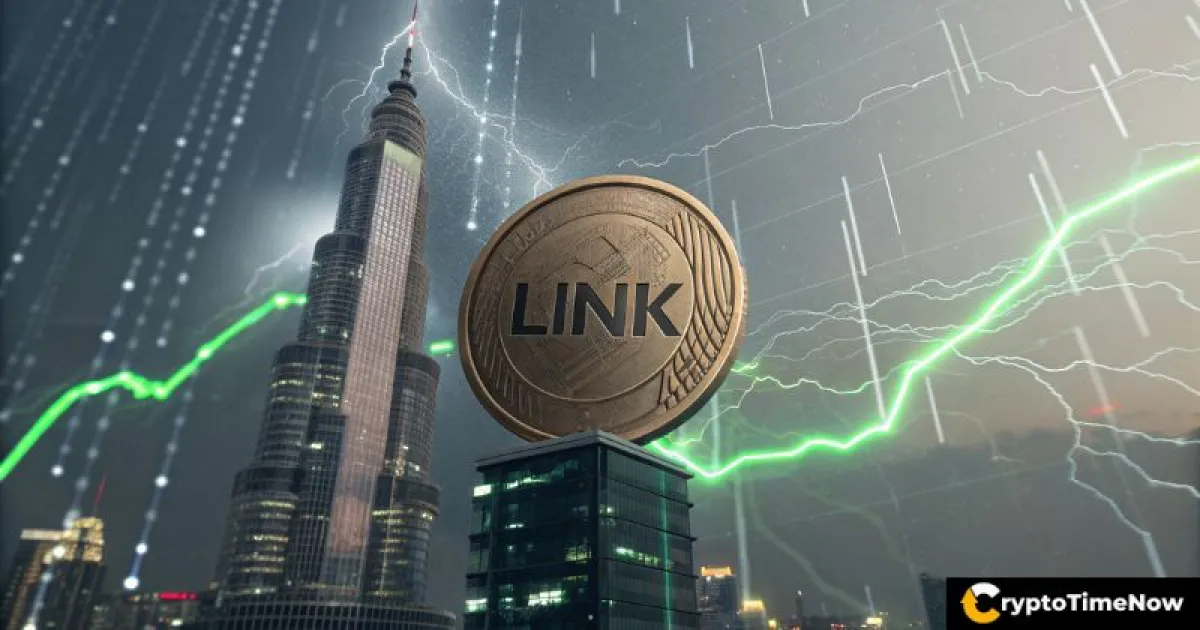In the crypto landscape, DeFi and DeFI staking seem to be garnering massive attention from investors and against players. Its a feature where investors and cryptocurrency holders stake their assets on a blockchain platform to support the networks and validate the transactions. In return, they earn rewards in the form of specific cryptocurrency.
In this article, we’ll see what DeFI Staking is, how it works, its advantages, the best DeFi Staking platform, and many more things related to it. So read till the end for a complete and better understanding.
What is DeFi Staking?
DeFi staking allows investors to earn passive income by locking their tokens and receiving rewards over time. In this, users either lock or stake their cryptocurrencies on the blockchain platform like Ethereum, Tron, Solana, or others to support the network and validate the transactions. However, by doing so, the participant receives a reward based on the tokens they have staked, and the reward also depends on the period for which the tokens are staked.
Additionally, in this rapidly evolving cryptocurrency landscape, investors and retailers use this staking value to know which blockchain or crypto projects have a large number of staking amounts. This data evaluation in the crypto industry is called total value locked (TVL) in the protocol of smart contracts.
How does DeFi staking work?
DeFi staking works similarly to renting any place or thing, and in return, the owner gets paid. But, in the cryptocurrency landscape, staking supports blockchain networks for validating transactions, network security, and many other things.
However, these are simple steps on how DeFi staking works:
Step 1: Select a staking platform that supports the tokens like Ethereum (ETH), Binance Coin (BNB), Cardano (ADA), and Solana (SOL) you want to stake.
Step 2: Once you select the staking platform, lock or stake your token and select the specific period or staking maturity days, months, or years.
Step 3: You stake or lock tokens on the smart contract on the blockchain, and then it manages the overall staking processes from token staking to token distributions.
Step 5: Besides the token distribution, the protocol or smart contract uses these staked assets in liquidation, transaction validation, network security, and many more things.
Step 6: However, once any crypto enthusiast staked their assets or tokens on smart contracts. They become eligible for staking rewards.
Step 7: Token unstaking: Based on the staked tokens, users receive rewards. However, following this token distribution, the token owners either retake or withdraw their assets from the staking platform.
This is how DeFi Staking works.
Advantages of DeFi staking
There are several advantages of DeFi staking, these are as follows
- With DeFi Staking, crypto investors can generate passive income.
- Also eligible for free token airdrops if any are scheduled.
- DeFi staking is a portfolio diversification technique, despite being a buy-and-hold.
- Many staking platforms also provide governance rights to the stakers.
- DeFi Staking increases the liquidity of that particular asset.
- Stakers generally pay lower entry fees.
- Stakers’ assets are highly secured.
- With DeFi staking, traders also benefited from the help of TVL data.
Disadvantages of DeFi staking
Besides several advantages of DeFi staking, it also comes with risks, which we call disadvantages. The risks associated with DeFi Staking are as follows:
- The market downturn can cause your staked assets’ value to drop, which leads to a decrease in the reward.
- There is also a chance of exploitation, as smart contracts can contain bugs or vulnerabilities.
- Stakers also get lower rewards if the project fails to succeed.
- DeFi staking also comes with a lack of investor protection, which may cause a loss of assets.
- As staking involves locking assets for a certain period, if a project fails, stakers aren’t able to protect their assets.
Types of DeFi staking
DeFi staking is of different types, and each offers different opportunities and rewards to the stakers who participate in the staking platform. These DeFi Staking platforms are as follows:
Validator Staking
It is one of the common staking types. Here, the staker who participates in staking becomes a validator, and they are responsible for transaction validation and network Security. Besides this, the validators are also responsible for validating new blocks on the blockchain network. Based on the stakeholders’ participation and contribution to the blockchain network, they earn rewards in the form of projects’ native tokens.
Yield Farming
Yield farming is another type of DeFi Staking method. In this, the participants offer or provide liquidity to DeFi protocols (Uniswap, Aave, Curve Finance) in exchange for a reward. In exchange for liquidity, the stakers earn rewards in the form of native tokens based on yield opportunities.
However, to maximize the profits or rewards, the participants in yield farming provide liquidity to the different exchanges or platforms. Additionally, this staking method is rapidly gaining attention from crypto investors and traders.
Liquid Pool Staking
Liquid staking is a type of DeFi staking which slightly similar to Yield Farming. In Liquid pool staking, the participants stake their assets into the liquidity pool, which provides liquidity on the Decentralized Exchanges (DEXs). The reason for this DeFi staking is to facilitate trading by providing liquidity, and in exchange, the participants earn rewards in the form of native tokens they have staked.
However, the rewards the participants earn are from trading fees that exchanges generate during trading hours.
3 Best DeFi Staking Platforms
In this rapidly growing DeFi and DeFi staking world, there are lots of staking platforms are there but here we discussed only about 3 best DeFi Staking platforms. These are the following
Binance staking
The world’s biggest centralized cryptocurrency exchange (CEX), Binance, offers facilities like trading, investing, staking, and many more options. But, being the world’s biggest CEX, its staking platform is one of the best staking platforms. Despite earning rewards, Binance also offers a high level of security to its users who participate in staking.

However, Binance allows its users to stake their holdings and generate a way of passive income. Here, Binance offers flexibility like staking period options, easy withdrawals of funds anytime, also offers higher rewards and many more things. These parameters all make Binance the best DeFi staking platform.
Uniswap staking
Uniswap is a top decentralized exchange (DEX), despite facilitating trading activity, yet it also offers Staking to its users. In Uniswap staking, the stakers or participants can earn rewards by staking their UNI tokens on the platform. Additionally, in exchange for staking UNI tokens, the participants earn rewards, and Uniswap distributes rewards based on the tokens staked and the trading fees the platform earns.
Besides staking and rewards, in Uniswap, participants are free to withdraw staked tokens whenever they want, and Uniswap also offers several benefits to its participants. These things all make Uniswap staking the best DeFi staking platform.
Polkadot staking
Polkadot allows its users to stake its DOT tokens over its network, and in exchange, it rewards attractive incentives. The tokens that you stake on the network are used for transaction validation and also for network security.
The criteria to participate in the Polkadot staking are that participants must have 1- 300 DOT tokens. In this, the payout is gradually increased over the time of your staked DOT. However, besides being the best DeFi staking platform, DOT is also the best cryptocurrency in the realm of cryptocurrency.
Conclusion
DeFi Staking is one of the best ways to generate an extra passive income source with your asset holdings. However, it is of different types, and all of them offer substantial rewards to their participants. DeFi Staking not only allows users to earn rewards but also offers a free token airdrop, and many staking platforms also provide governance rights to the stakers.
However, in this rapidly evolving cryptocurrency industry, there are several DeFi staking platforms are there but the 3 best DeFi staking platforms are Binance staking, Uniswap staking, and Polkadot staking.
FAQs
Which exchange is best for staking crypto?
There are a large number of cryptocurrency exchanges offering staking services, but in all of them, Binance’s staking feature comes at the top of the list. Whereas, exchanges like Kucoin, Kraken, OKX, and Coindcx also offer staking services.
What is the most profitable staking?
The most profitable staking coins are BNB, which offers 7.43% of rewards, Cosmos, which offers 6.95% of rewards, and Polkadot, which offers 6.45% of rewards.
Is staking more profitable than mining?
Truth be told, mining is more profitable than staking, but it takes lots of investment. Moreover, there are many ways through which you can participate in mining with the least investment. However, staking is less profitable than mining.




















